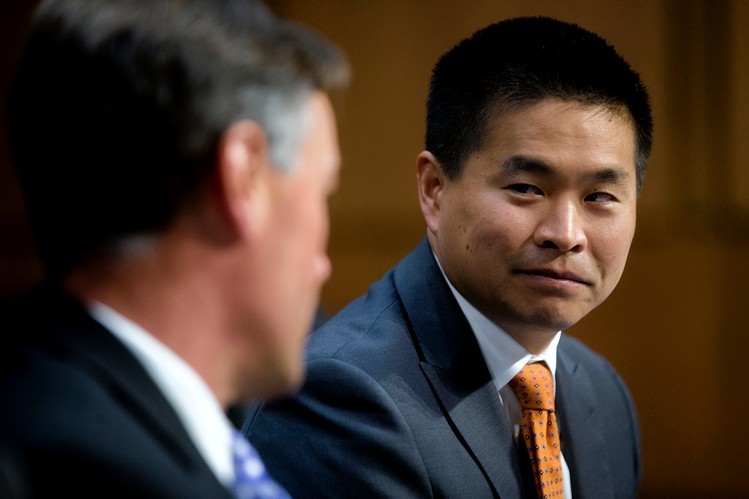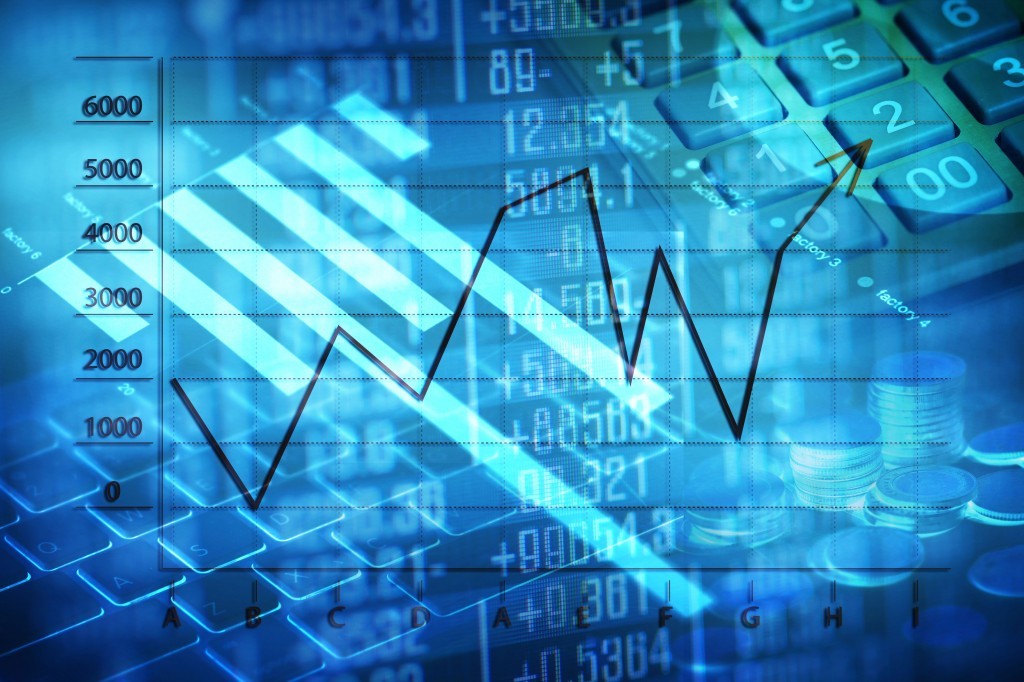Debate Over HighFrequency Trading on IEX Muddied by Trade Counting MoneyBeat
Post on: 16 Март, 2015 No Comment

IEX Group
IEX Group Inc. the start-up trading venue operator that promises to protect investors from predatory trading activity, has found itself at the center of a fierce debate about just how much of the trading in its dark pool is done by high-frequency trading.
IEX CEO Brad Katsuyama Bloomberg News
With IEX expected to file its application to become a full-fledged stock exchange with the Securities and Exchange Commission sometime in the next week, the stakes in the back-and-forth are higher than usual. However, looking closer at the details, it does appear to be a somewhat misleading debate.
It all began when Bart Chilton. a former CFTC commissioner who now works as a senior policy advisor at DLA Piper, wrote in a July 7 opinion piece in the New York Times:
“Even trading volume on the IEX exchange, which is trumpeted as creating ‘institutional fairness’ in the Michael Lewis book “Flash Boys” about the topic, is now made up of roughly 50 percent high-frequency traders.”
He later added a qualifier at the end – “according to conversations with market participants, though the exchange says it is significantly lower.”
A little less than a month later, IEX President and CEO Brad Katsuyama hit back with a Bloomberg opinion piece. titled “’Flash Boys’ and the ‘Speed of Lies,” where he described Mr. Chilton’s piece as part of a “misinformation campaign” against IEX.
Mr. Katsuyama said that high-frequency trading firms generated less than 20 percent of IEX’s volume. He later gave the more specific number of 17.7% for the month of July.
MoneyBeat is now daring to wade into the debate, specifically on how trades are counted and classified.
The problem with the disagreements is there are different, often confusing, methods to calculate the numbers. Broker-dealers, high-frequency trading firms and exchanges, among others, use different data in analyzing their performance, or activity in the markets.
Imagine a very simple world with one exchange, where 1,000 shares are traded in a day. On this exchange are investors and high-frequency traders. Today, the investors bought 1,000 shares from the high-frequency traders.
If you were to ask the investor: what is your market share? They would say – “I traded 1,000 shares, so I’m 100%.”
If you were to ask the high-frequency traders: what is your market share? They would say – we traded 1,000 shares, so we’re 100%.
The exchange, however, would see it differently. They would say the market share of each side is actually 50%.
Another way to sum up this simple example: High-frequency traders are 50% of the sides of trades, but 100% of the trades have an HFT side.
The imaginary exchange is looking at market share as a percent of the sides of those trades. For each share, there is a buyer and a seller, so there are 2,000 sides. The HFT firms are not looking at sides, just how many share trades where they were on one of the sides.
Now, bring this explanation to the IEX debate and things start to look a little clearer.
IEX says that in July 17.7% of trading on its platform is done by proprietary trading firms, which it says are firms that have no clients and trade for their own account. It places HFT firms in this category.
The three largest HFT firms on IEX see things from another perspective, or to be specific, doubly. Global Trading Systems LLC sees their market share as 16.78%; Virtu Financial LLC sees their market share as 12.7%; Sun Trading LLC sees their market share as 5.4%.

Those percentages add up to 34.88%.
Neither side is wrong. GTS, Virtu and Sun are 17.44% of the sides of trades in IEX, but here is where it gets tricky again. If they were only on the other side of trades with non-HFT firms, then they would indeed be 34.88%. In reality, they also trade sometimes with each other, so the best way to phrase it is: these three firms make up 17.44% of the sides of trades in IEX and they can at most be a counterparty to 34.88% of all trades.
That “at most ” is important. If they traded mostly with each other, the number would be much lower. If they traded exclusively with non-HFT firms, then they would be the maximum.
More In High Frequency Trading
On the stock exchanges, analysts estimate HFT firms play an even larger role in trading, as much as 50% of the sides of trades and being involved in most trades.
It’s not clear how Mr. Chilton came up with “about 50%” of IEX trading is from HFT firms, but he was certainly referring to the way those firms view their market share, i.e. HFT firms were either a buyer or a seller on 50% of trades. To get to the higher number, he may have included other participants as HFT.
A bigger question behind all this is: does trading with a high-frequency trading firm hurt an investor (large or small)?
In fact, very few people say they are a scourge. Mr. Katsuyama has been specific in saying that certain strategies employed by some high-frequency trading firms hurt investors (specifically, he has talked about “latency arbitrage ”).
In a statement to MoneyBeat, Mr. Katsuyama said that some of HFT volume improves the quality of the markets in general and some does not. IEX has less overall HFT volume than exchanges and other venues, he said, but that “is not as important as the fact that IEX has prevented predatory trading from occurring on IEX and all participants who trade here benefit from that.”
Mr. Chilton, who is known for critical comments about HFT firms in the past, does not uniformly praise HFT firms either, arguing in his piece that they need to be better regulated to avoid technological problems in the markets.














